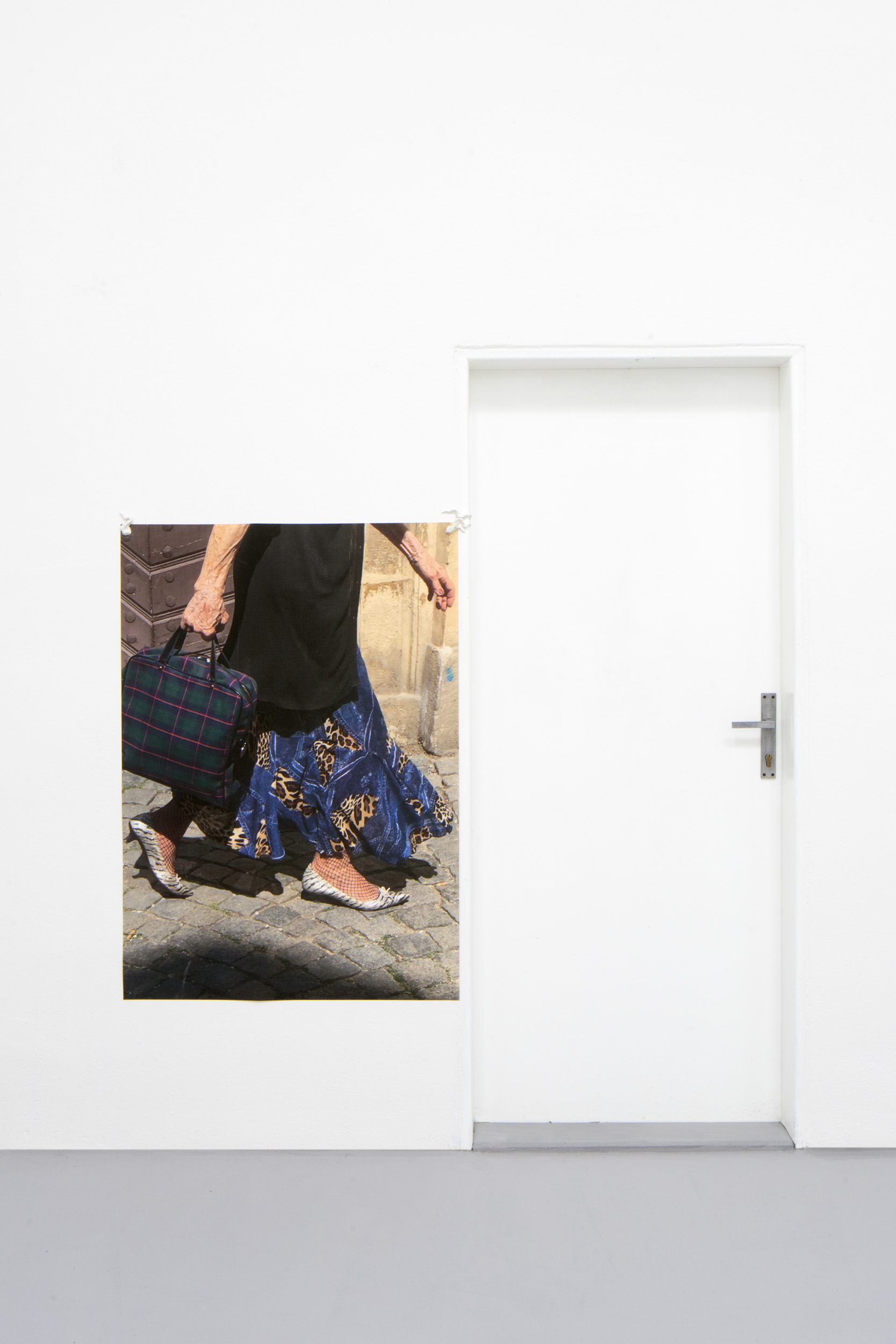
Current exhibitions at KARLIN STUDIOS:
Barbora Zentková & Julia Gryboś:
Tiredness Quotes
7.3.2020. – 12.4. 2020
India Ray:
I stalk youu
7.3. 2020 – 12.4. 2020
Photography by Tomáš Souček

Current exhibitions at KARLIN STUDIOS:
Barbora Zentková & Julia Gryboś:
Tiredness Quotes
7.3.2020. – 12.4. 2020
India Ray:
I stalk youu
7.3. 2020 – 12.4. 2020
Photography by Tomáš Souček
Barbora Zentková & Julia Gryboś:
Tiredness Quotes
7.3.2020. – 12.4. 2020
The temperature dropped to twenty degrees below zero on that day. It happened at the beginning of the turbulent year 1972, when the Red Army Faction gunshots could be heard around West Germany, which was why the police, as well as the authorities, were closely watching all, even underground concerts. It was at that time, on January 9, when a krautrock band Can was playing at the campus of The Technical University of Berlin, the epicenter of student radicals. There was a rule in the country for the police to stay clear of academic grounds unless riots come about. The cars and troopers had to patrol outside. Can flew off the handle, they gave over to ritual jamming with its monotone rhythms and psychedelic synthesizers bubbling in-between them. They were adding one one-hour-long piece after another to test the patience of the police. “We were like a football team, but we had no idea where the ball would end,” Holger Czukay from Can describes almost telepathic connection between him and other band members. There was weed being smoked inside the hall and the people stuck out the joints provocatively out of the windows and towards the freezing policemen. “After two hours of playing, Can were totally exhausted but also in a good mood – and they added another one-hour-long encore,” as one of the participants recalls. In the end, the concert took 6 hours and when the crowd began dispersing, almost nobody from the police patrol remained on their positions.
This is when the power of a jamming band was fully demonstrated. It doesn’t solely have to be a hypnotic experience and expression of a close-up connection between the audience and the musicians, but also a political statement and a demonstration of defiance. Or even all of the above mixed together and much more. The collectivity brought exhaustion which was expressed on several levels: in the drummer’s strung muscles as well as in the more and more zonked audience members and, on the other side, in the bone-frozen policemen. Similar details, signs of exhaustion, deterioration and degradation of material constitute the focal point of Barbora Zentková & Julia Gryboś artworks, in which they often work with the medium of jamming group, further exploring its dimensions.
Their current exhibition Tiredness Quotes elaborates on the same topic and follows up to Ostrava’s project Potential Causes of Afternoon Tiredness which the couple set into one of the abandoned buildings in the city center, between the rusting hangers and dingy movables. For their installation in Karlin Studios the artists borrowed a tiny part of furniture from the bankrupt shop and added some new weaved objects. Zentková & Gryboś will let musicians play the motive of the song Dancing in the Dark among the objects to document the way the song gets asymmetrically deformed as a result of fatigue. The exhibition is an admitted citation of Bruce Springsteen’s song from 1984, in which he was venting out his frustration, creative block following a successful record, concerns about not being able to build on it further, and anxiety of the pressures of his record label. During the four-hour-long performance, the hired musicians are going to constantly come back to the song while abandoning it at the same time. Nonetheless, the message is not only in the melodies and tones: it dwells in the drops of sweat on the musicians’ faces, as well as in the guitarist’s sore fingers and in the broken guitar strings and in the pussyfooting of the audience.
It’s not merely a concert at an exhibition opening, but also a sui generis message about the current mindset aimed at constant performance and acceleration of the production. Contemporary sociology works with a so-called drudgery index which recalculates the acceleration by the number of hours that a person earning average salary needs to work to pay the rent in an average flat in a city. In the last 70 years, it has grown in North America alone from 45 to 101 hours and thanks to globalization the situation won’t be much different in the First World. That’s how the current neoliberal system is invariably and uniformly creating debilitating anxiety, where the head commands us to work but the body refuses to exert actions, it fails and protests. Is there really nothing left for us to do, just to “jam” till we drop?
I come home in the mornin’
I go to bed feelin’ the same way
I ain’t nothin’ but tired
Man, I’m just tired and bored with myself
– Miloš Hroch























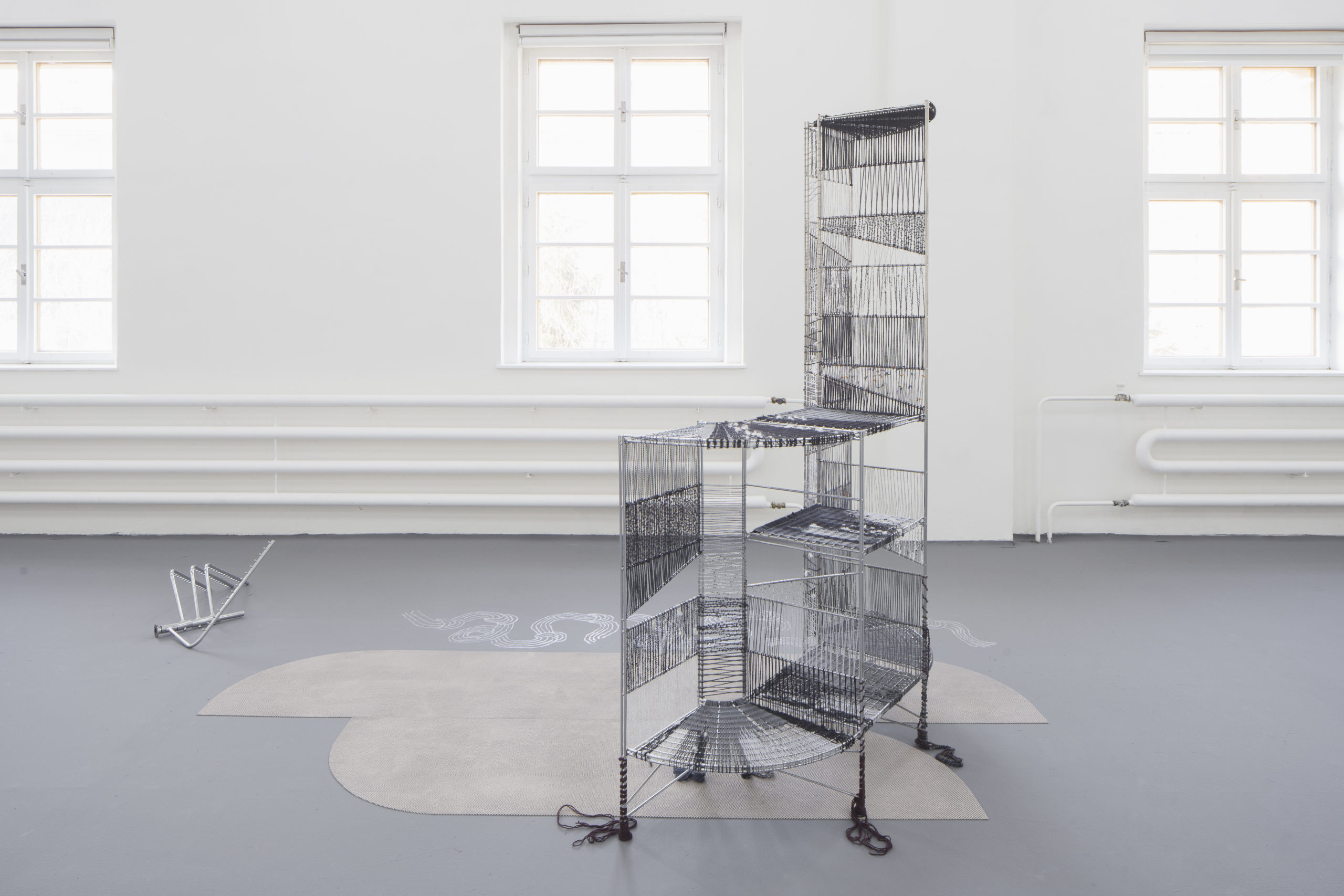
India Ray:
I stalk youu
7.3. 2020 – 12.4. 2020
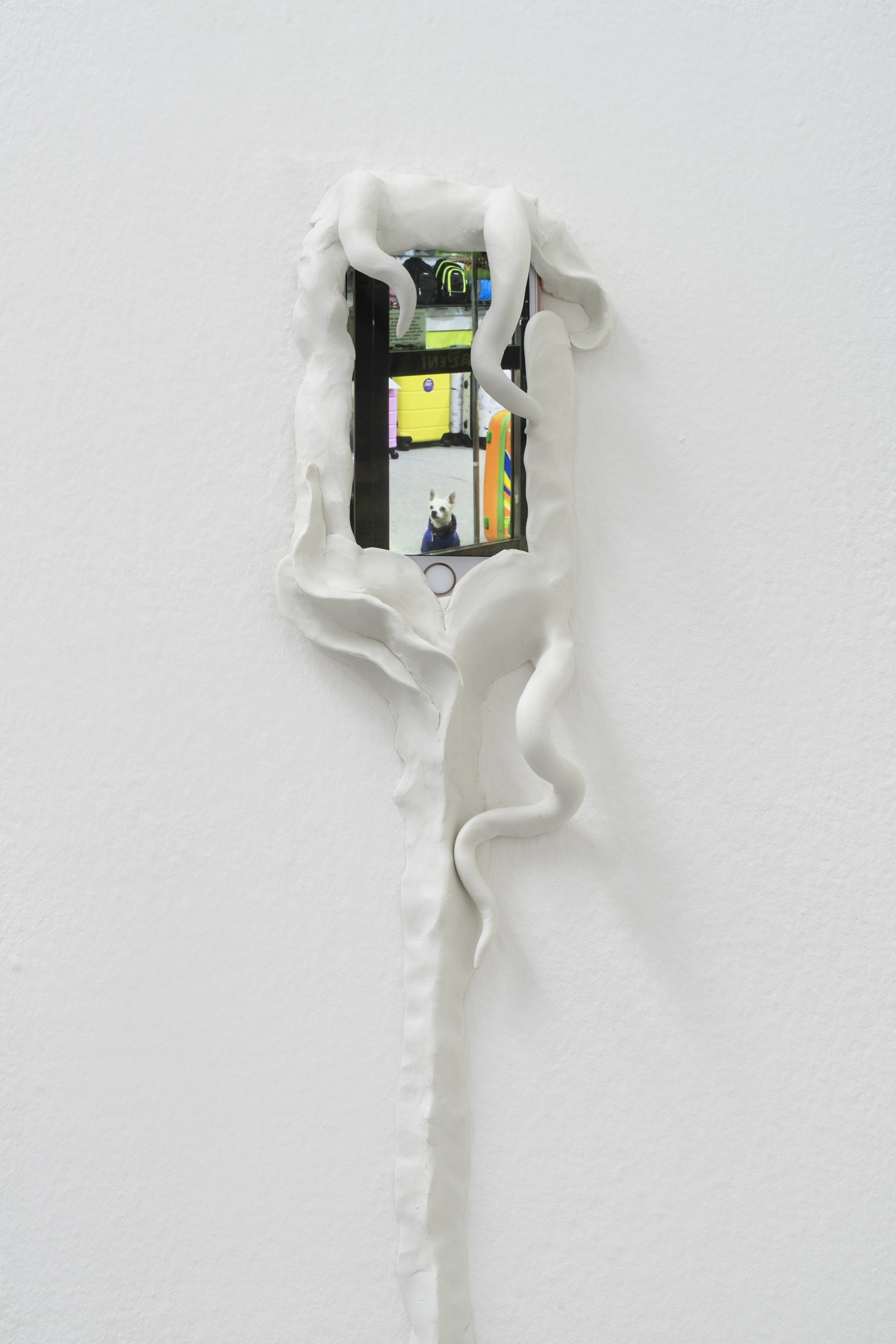
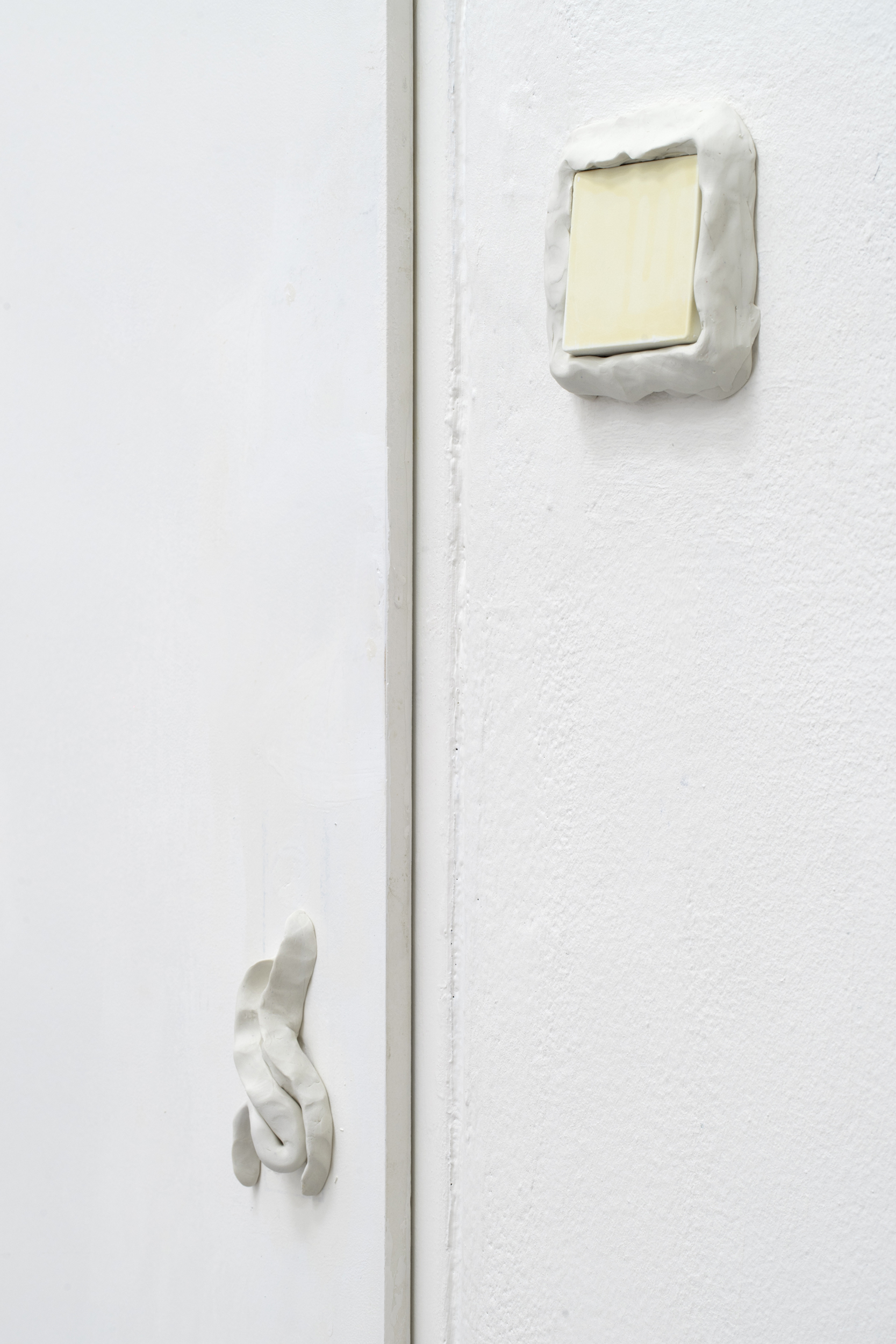
I looked like a child terrorist underneath my worn-out sweater. I mean, my oversized clothes did come in handy – my mom could tie a bizarre double ‘bullet belt’ made out of cigarettes around my torso. I had packets of them everywhere – we stuffed my tights with them, I had one in each pocket, my mom filled my rucksack with cigs and covered them with some toys. The carton paper would go some place under the clothes. Whenever I got out of the train like that, I felt like Terminator.
I am from Brest, Belarus originally, and back in the nineties half the town made money smuggling tobacco and alcohol to Poland. It was an advantage to have a young child as no one would check them at the customs. Either way, we had to plan strategically which day to carry these missions out, because some custom clerks knew that I was a child-smuggler. I knew all their names and we had a literal timetable of their shifts at home. In my childhood, I was already a gangster.
Once, when we had no money, my mother stole sweets for me. She still regrets that she did it, but I perceived it as the biggest proof of her love. Another time, when she carried me home at midnight, a lady saw us and shouted at my mother, blaming her for exploiting a small kid. For me, though, these were purely fun times because at the age of five I was already making money and partially feeding the family, and because I got Polish crisps in return for smuggling so many packets. To me, crisps still are the embodiment of a reward.
(India Ray)
/
People in films barely eat, sleep, or shit. Our visual media culture cautiously curates what is worth being depicted and what is not. There is an agenda in our surrounding imagery obliterating ‘the commonplace’ in the name of advancing the plot. Iryna Drahun’s instagram, in that respect, constitutes an antidote to this mechanism. @istalkyouu depicts the everyday flashes of subtle triviality, the modestly miraculous sparks and slits in the Matrix-come-true mode de vie nowadays. With a great deal of intuition, she directs her gaze, and often her instinct is right. She gets the shot. Her complete lack of value filtering highlights nanoseconds, quivers of gestures, twitches that we ignore in our daily processes. The little chihuahua confoundedly stuck behind a glass door. The lovely folds of fat belonging to a lady who is lusciously soaking in the sun, emanating a sense of self-sufficiency and comfort. Children acting out the weird, weird creatures they are, testing and flexing out their face muscles, hiding behind napkins, falling flat on the ground like sacks of potatoes. Various people with an inventive and/or gorgeously terrible sense of style, the lady that happens to look like a Balenciaga model, and other, mostly elderly people who don’t give a f. The lady that looks like a pink poodle. The actual poodle with the saddest eyes in the hood. The proud eyes of an unknown heroine, caught unaware. Eyes in general.
In between us and image, there lies a colossal layered cake of mediation translating to us what things are supposed to appear as. Just like the brain places its “best bet” in interpreting messy signals and reverberations of our surroundings to create a perceived illusion of order, computational photography takes a similarly interpretative role. Having become face-trained and enjoy literal billions of images to practice on, the digital-camera image has become a normativising agent, reviewing the codes of what a face, a tree, the sky should look like. The capacity to recognise a face, the expectation of blue shades of the sky and human shades of skin are woven into the fabric of image-processing itself. This digitally-processed world now reinforces the physical one in such a manner that if you decide to play the game, then it is ‘pics or didn’t happen’. The impromptu photoshoot of an instagram celebrity currently sitting in the café where this text is born, ascertains that if you don’t share pictures of your coffee mug, you never drank it in the first place xoxo! When our brains’ processing memories are outsourced, nostalgia arises at the same moment as the event itself. We are rendered incapable of giving up the fleeting now and obsess about juicing the moment for the camera and then freezing it to create a … succulent smoothie? And that’s what it all comes down to for Iryna. Not to miss the moment forever.
When someone takes a picture of you and you know it, you make a face. When you don’t, no official face is delivered, no real intent to be perceived a certain way surges. The atoms in our Schrödinger-cat-body aren’t aware of being seen, and they don’t form the shape of a Person. Iryna, herself previously prey to evil classmates, told to be ‘less of a person, more animal-like with crooked teeth and ugly skin’, now in return proclaims her prey. Public space becomes a safari, the lens of her expensive phone a glass separating her as the visitor and the bewildered animal in the zoo. (The open range to roam has long been removed from all of us by means of data-point-collecting stomachs we so willfully feed hundreds of data-points daily, in, surprise surprise, an unequal relationship to the advertising companies we call s****l media.)
In some way, things come into existence no sooner than when we find out about them. And it is particularly through our sight that we bring our environment to life and sometimes murder it by looking away. A particular tension that Iryna is incriminated in, then, surges from depicting the some time overlooked, those who are perhaps less privileged than the assertive metropolitan beasts that many of us are. And there is inherent controversy in this. None of these people, unprivileged or not, provide consent to be taken pictures of. Noone really believes that Iryna would be just so rude to shoot someone a metre in front of her. But, well, she is. And they all unwillingly partake in her hunt. In Brest, she would get beaten up, she says. The impossibility to control the situation and the adrenaline have a stimulating effect, though – you never really know what picture you’ll get. Instead, you just point, focus, and shoot.
– Lukas Hofmann
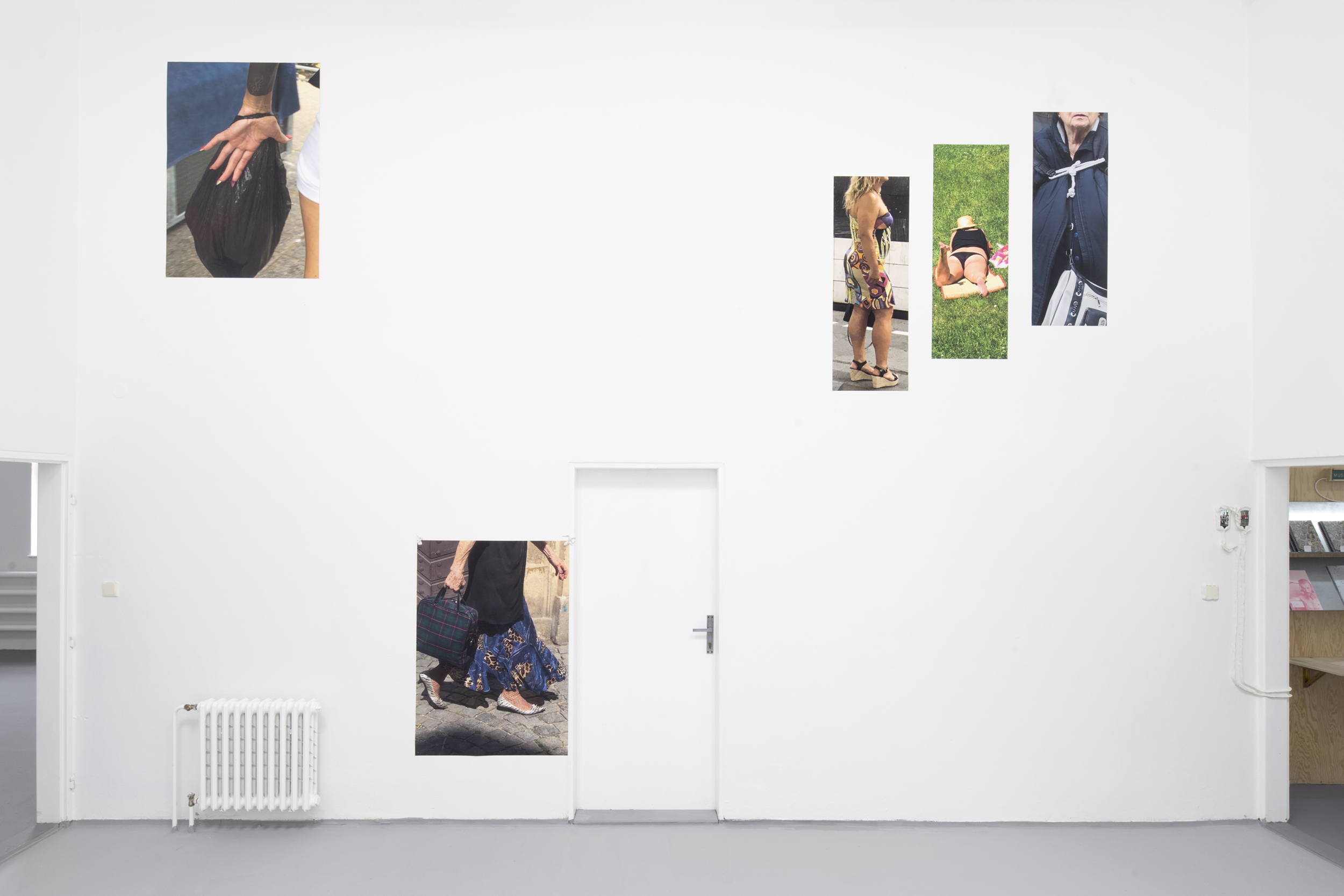
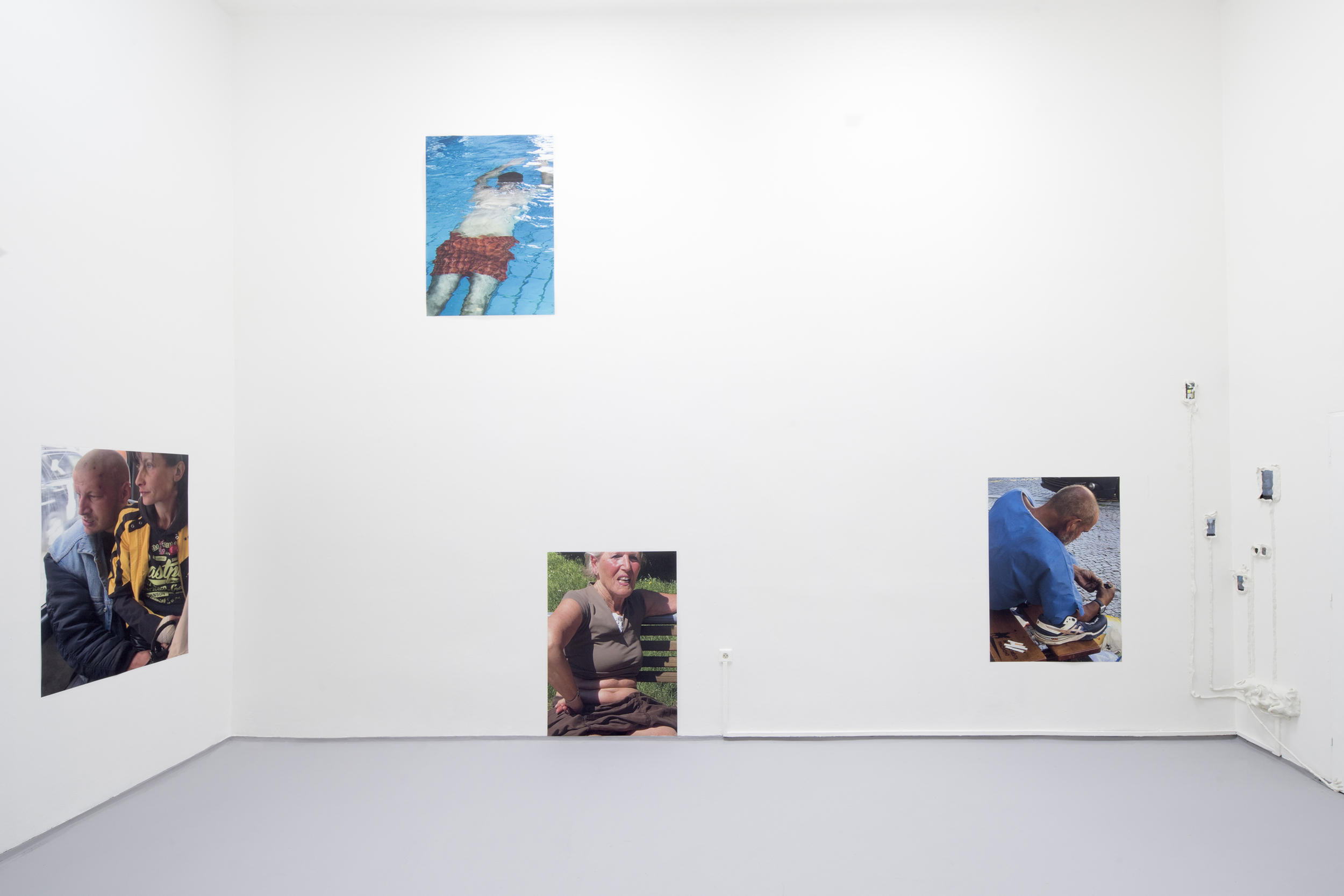
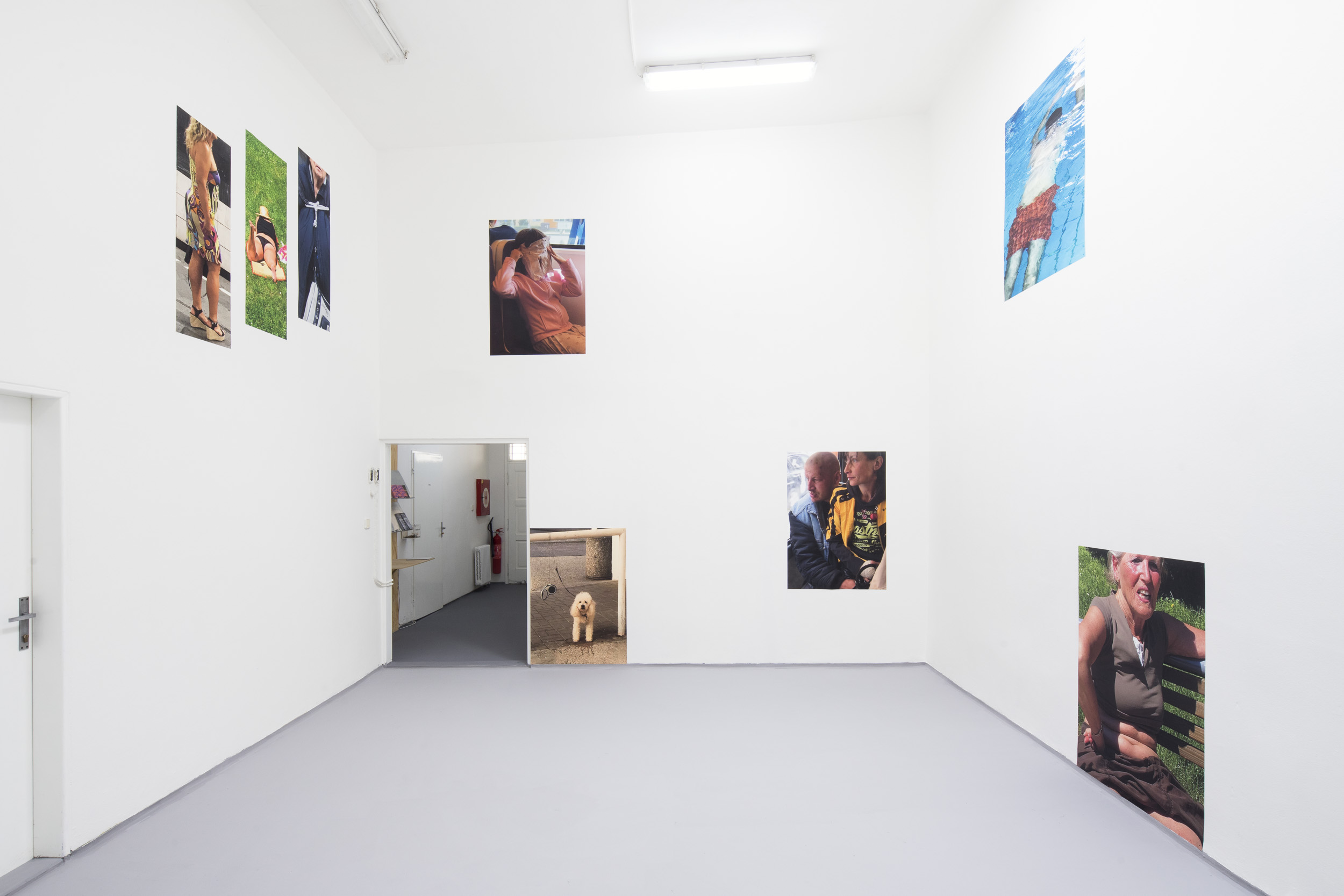
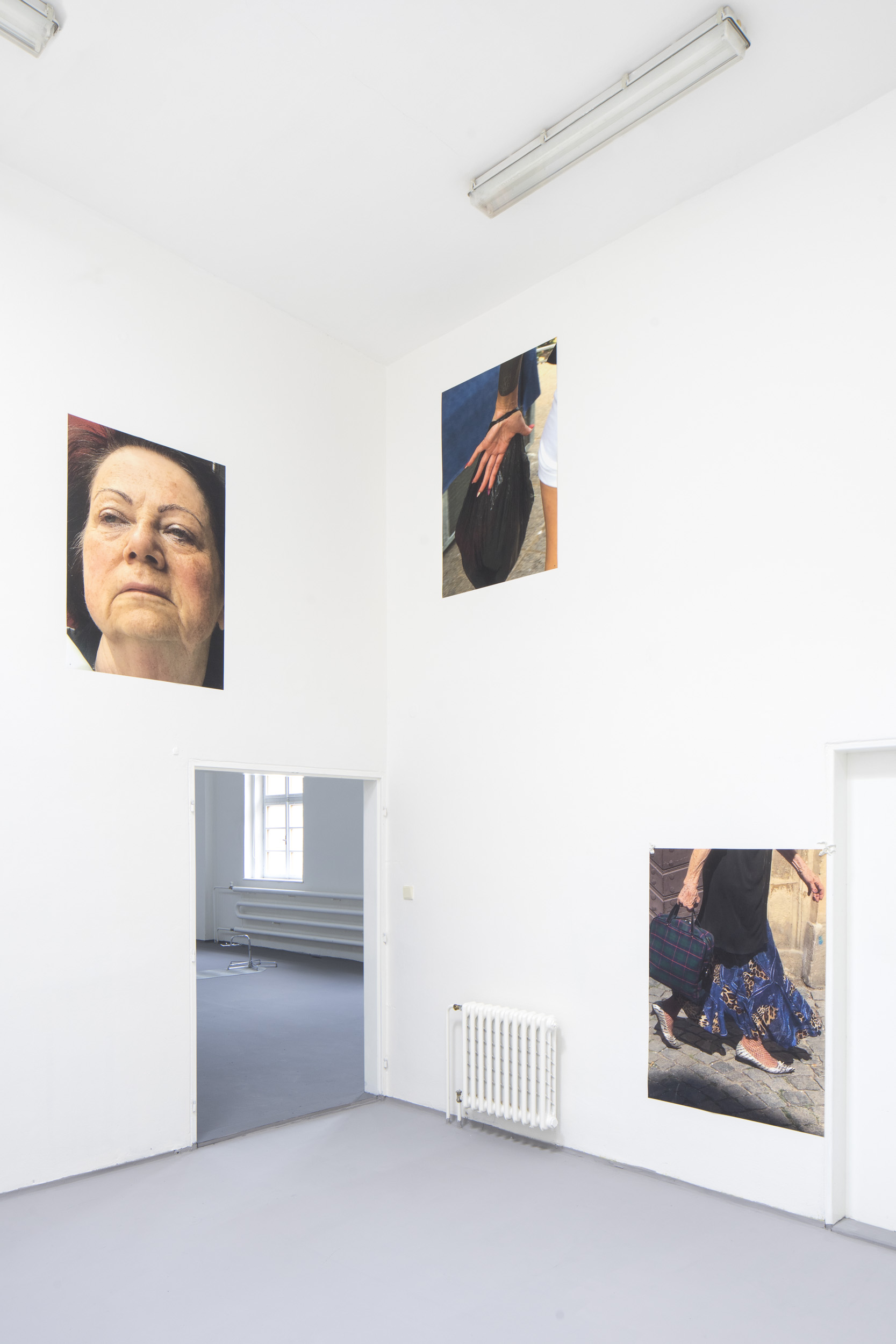
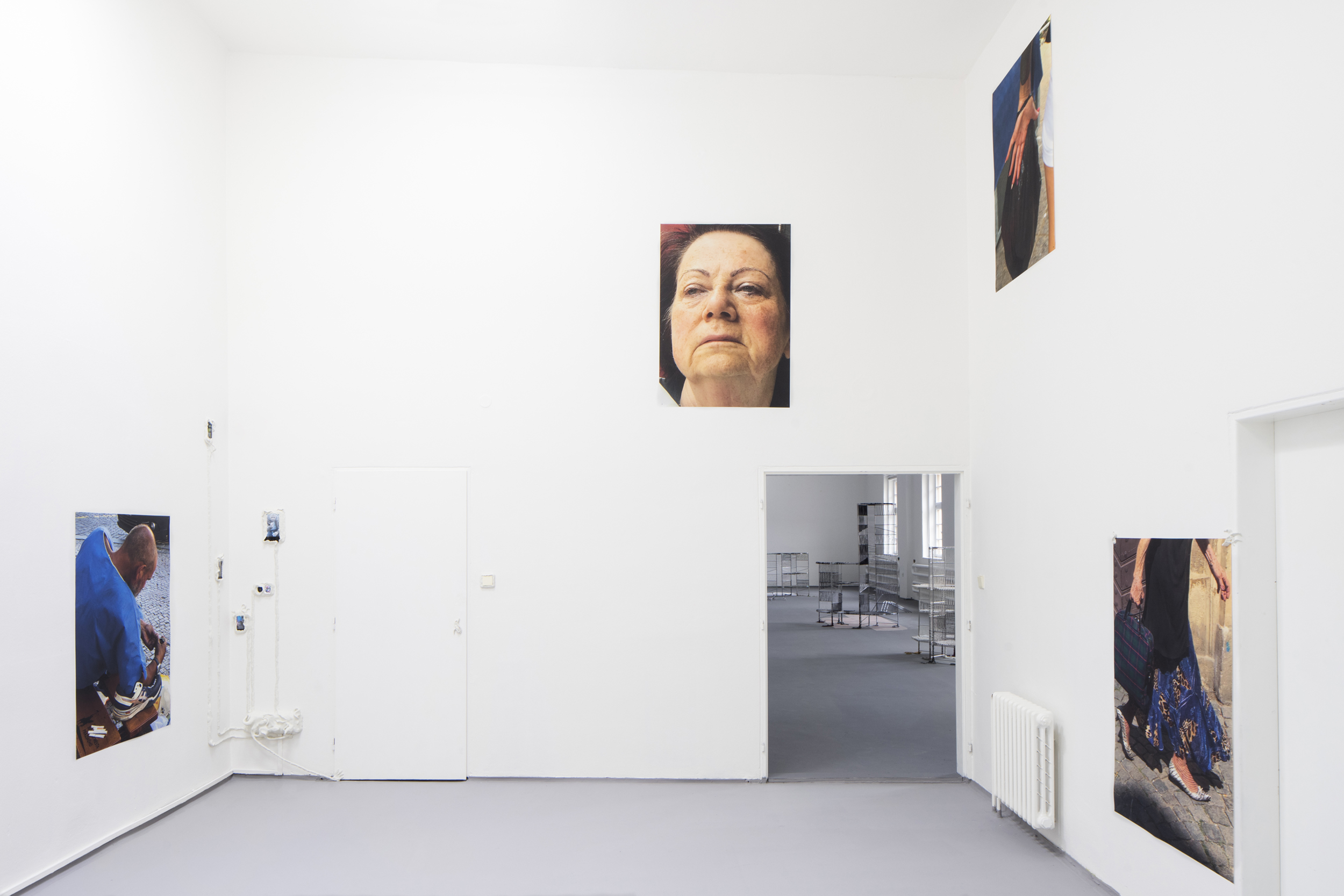
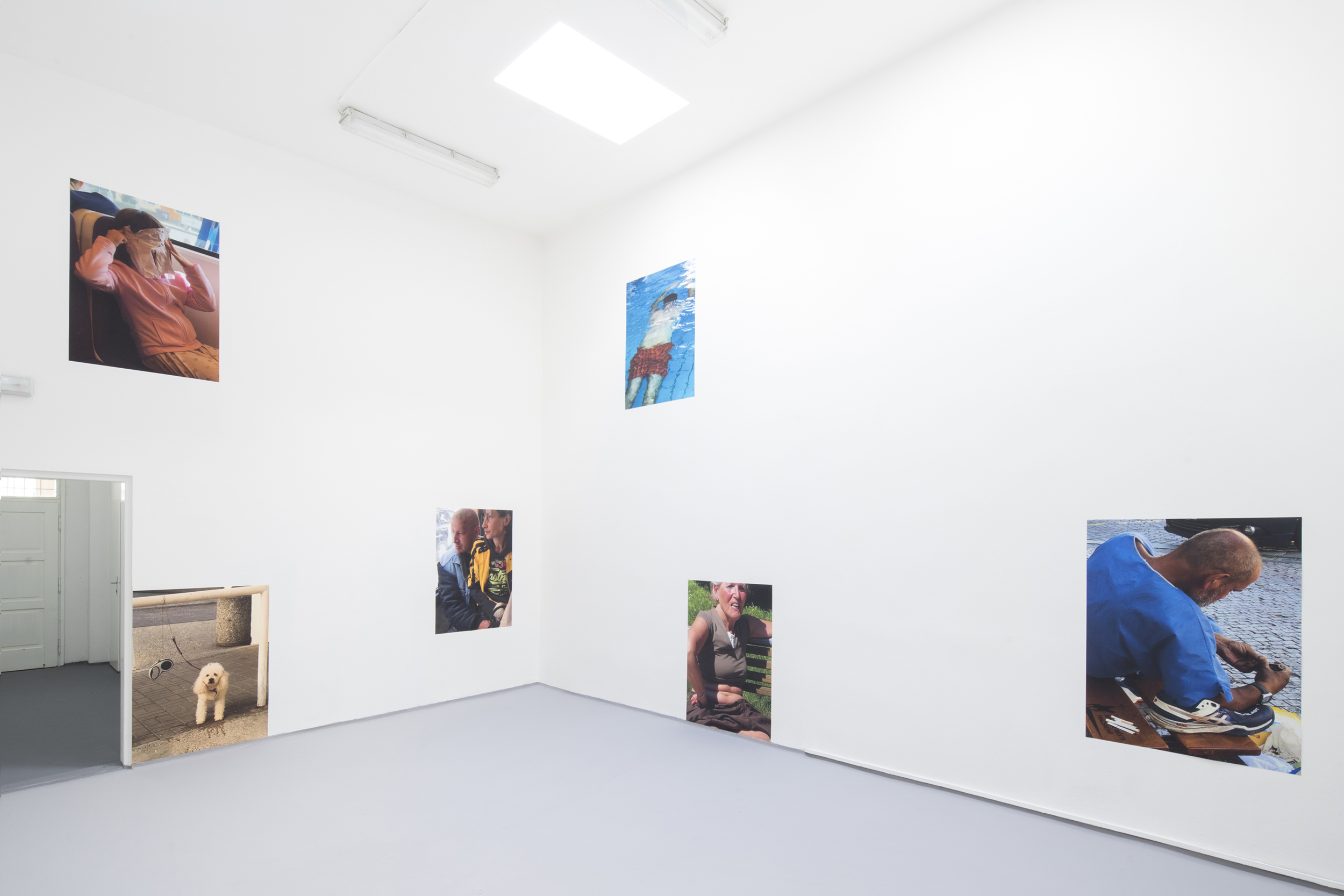
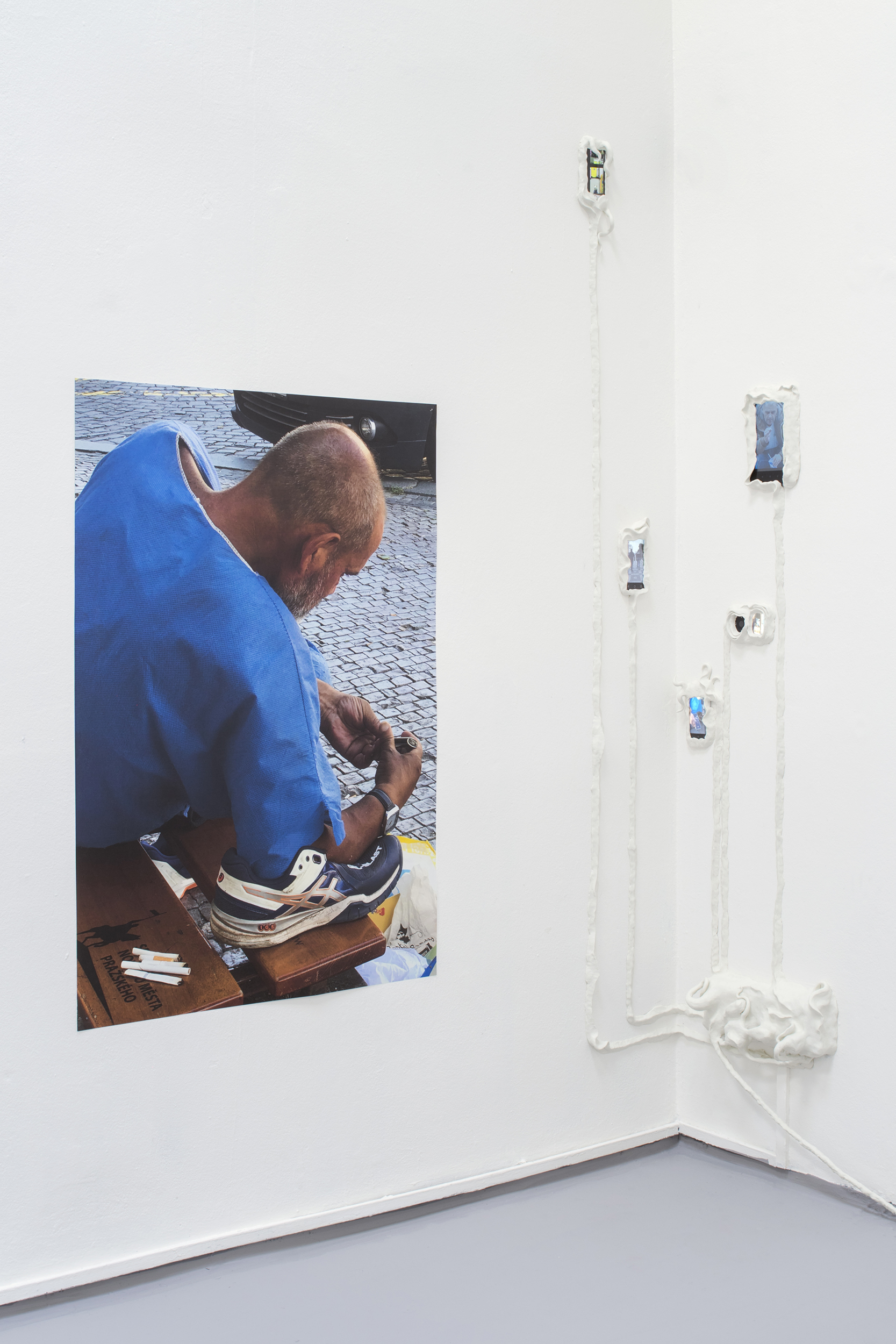
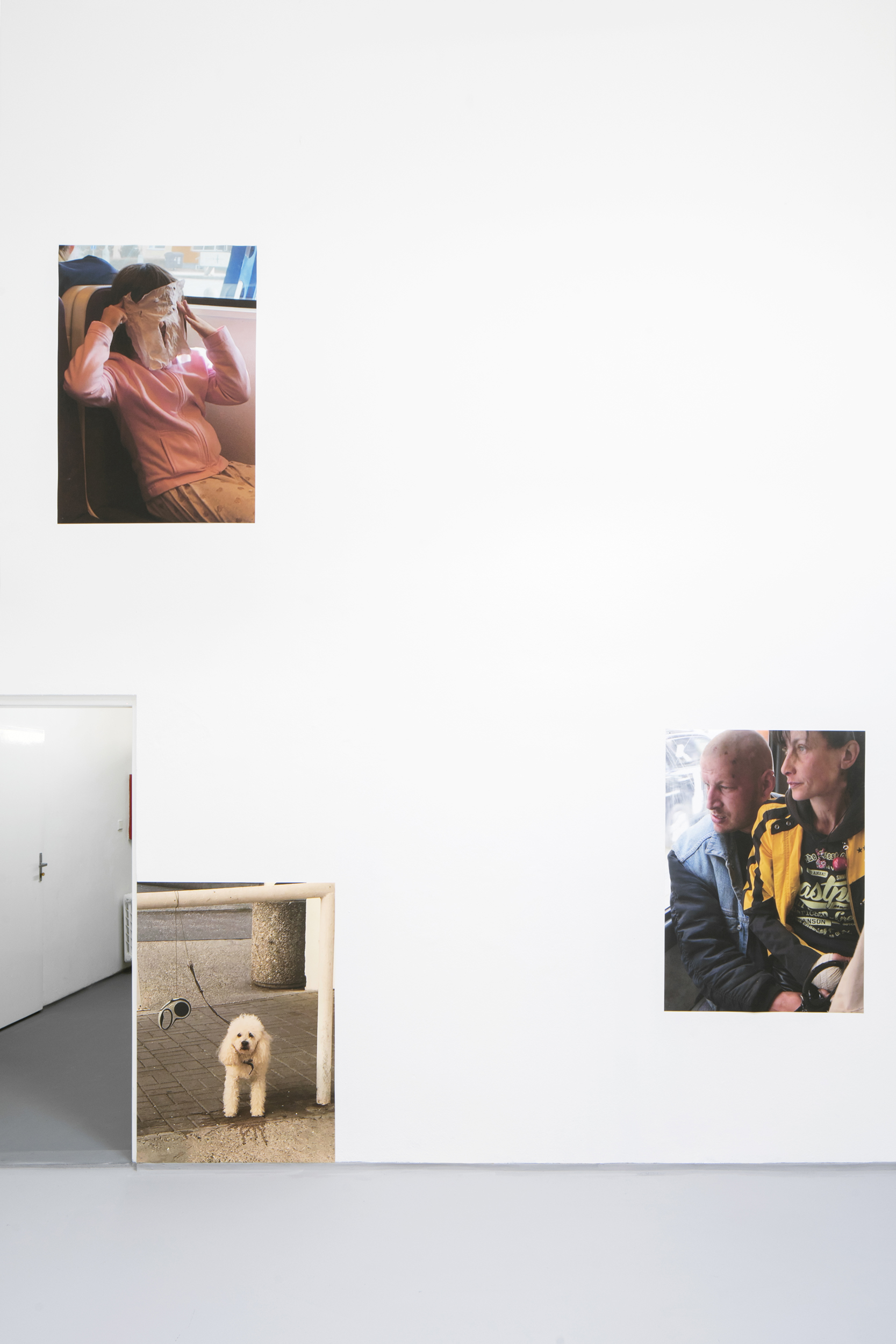
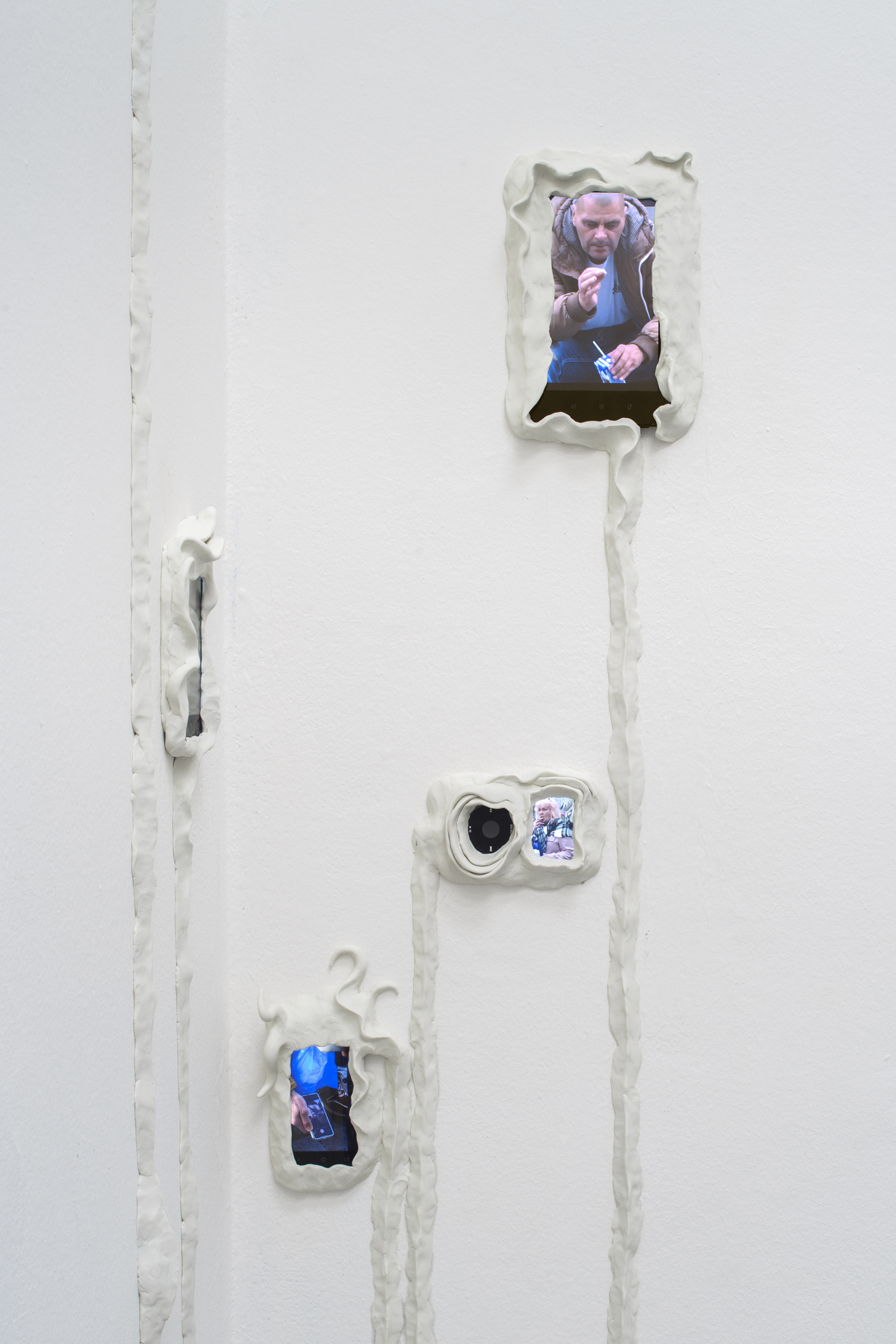
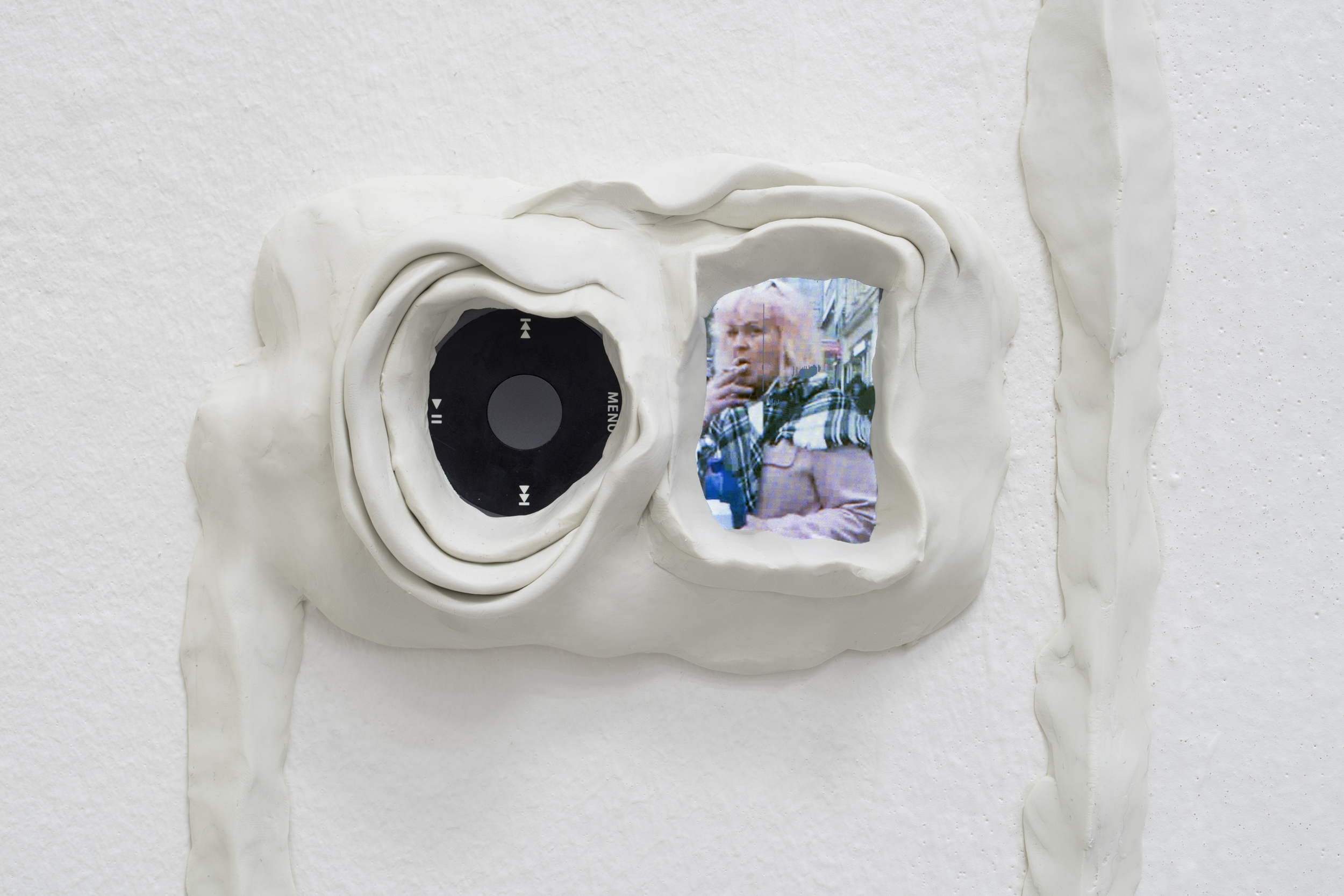
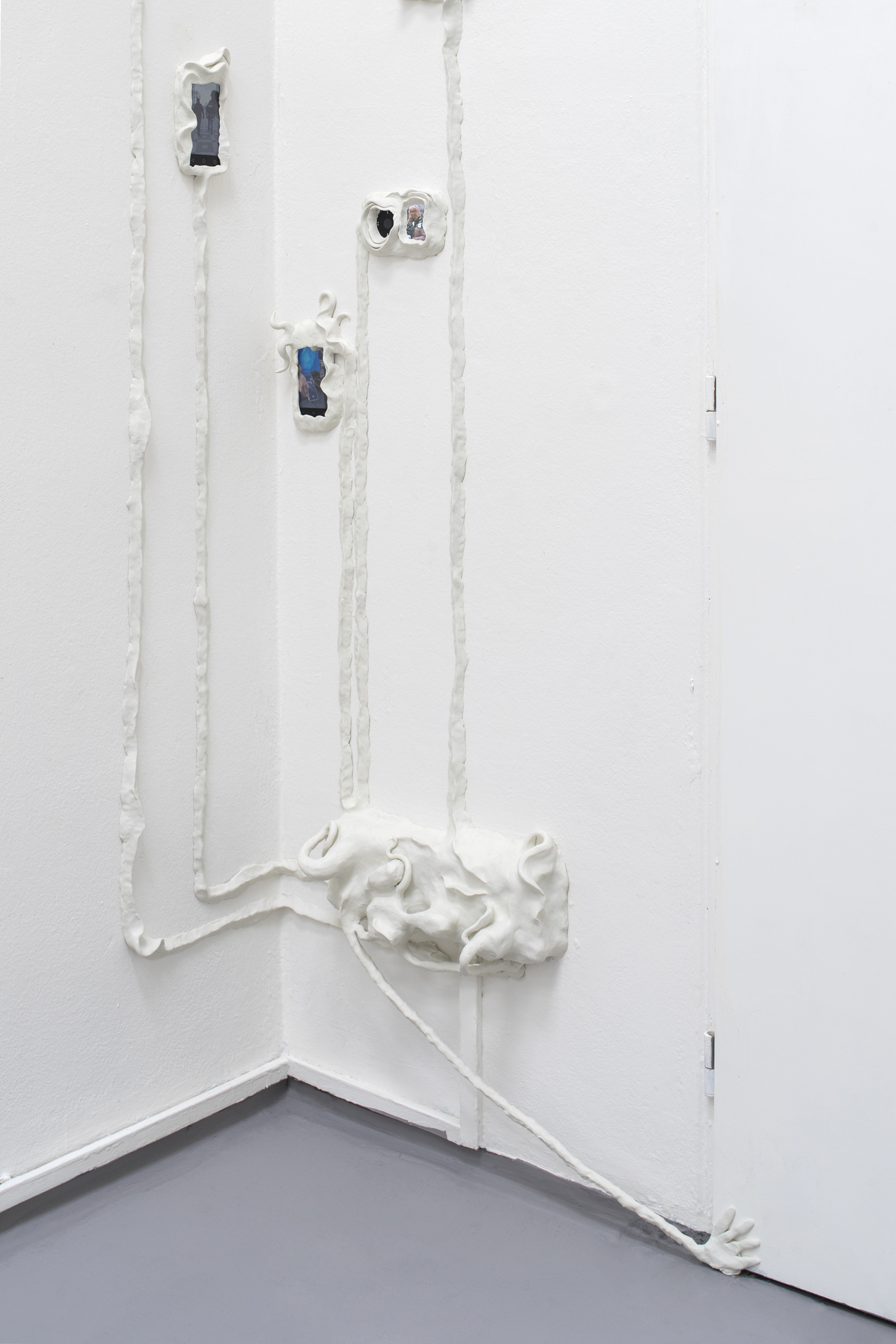
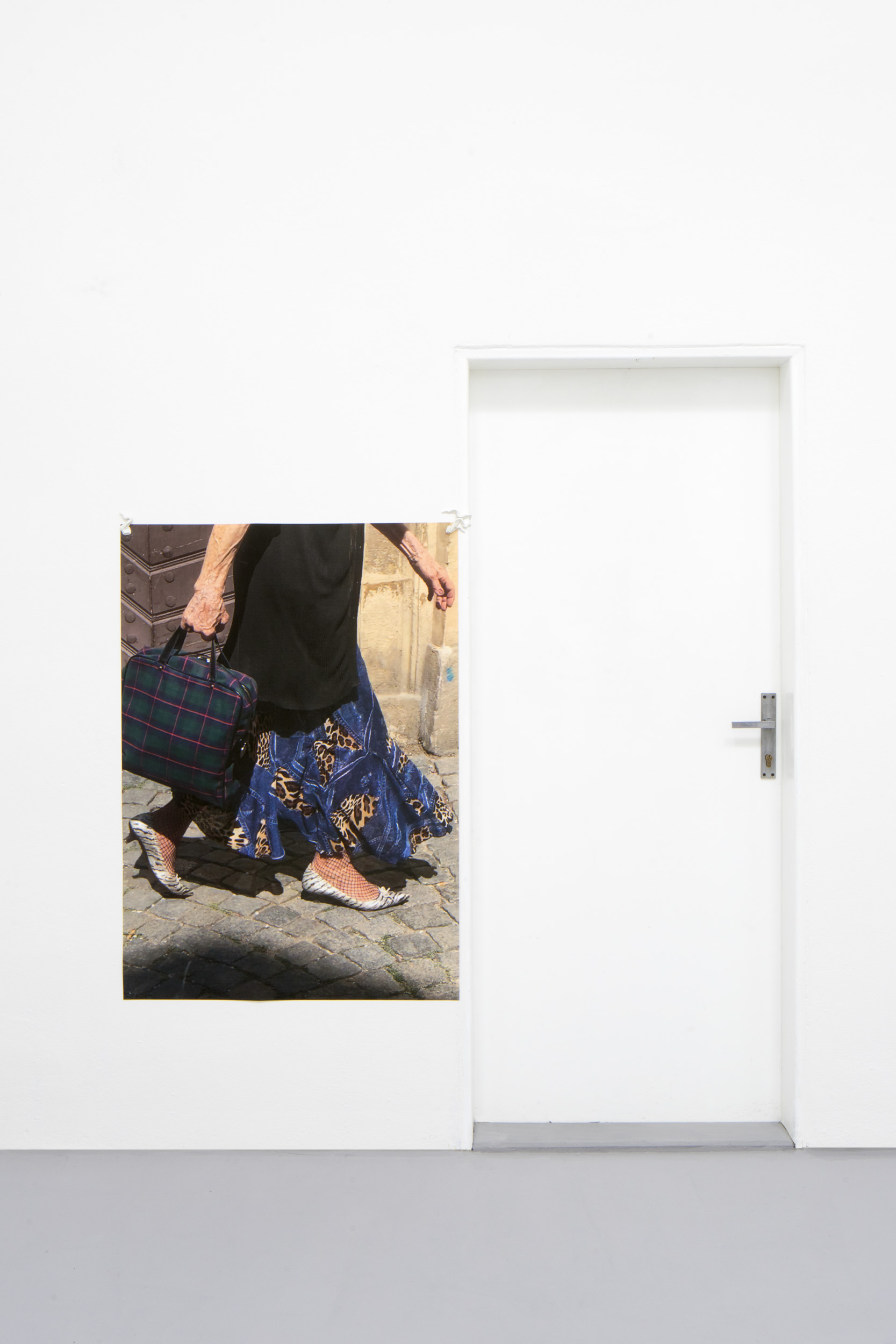
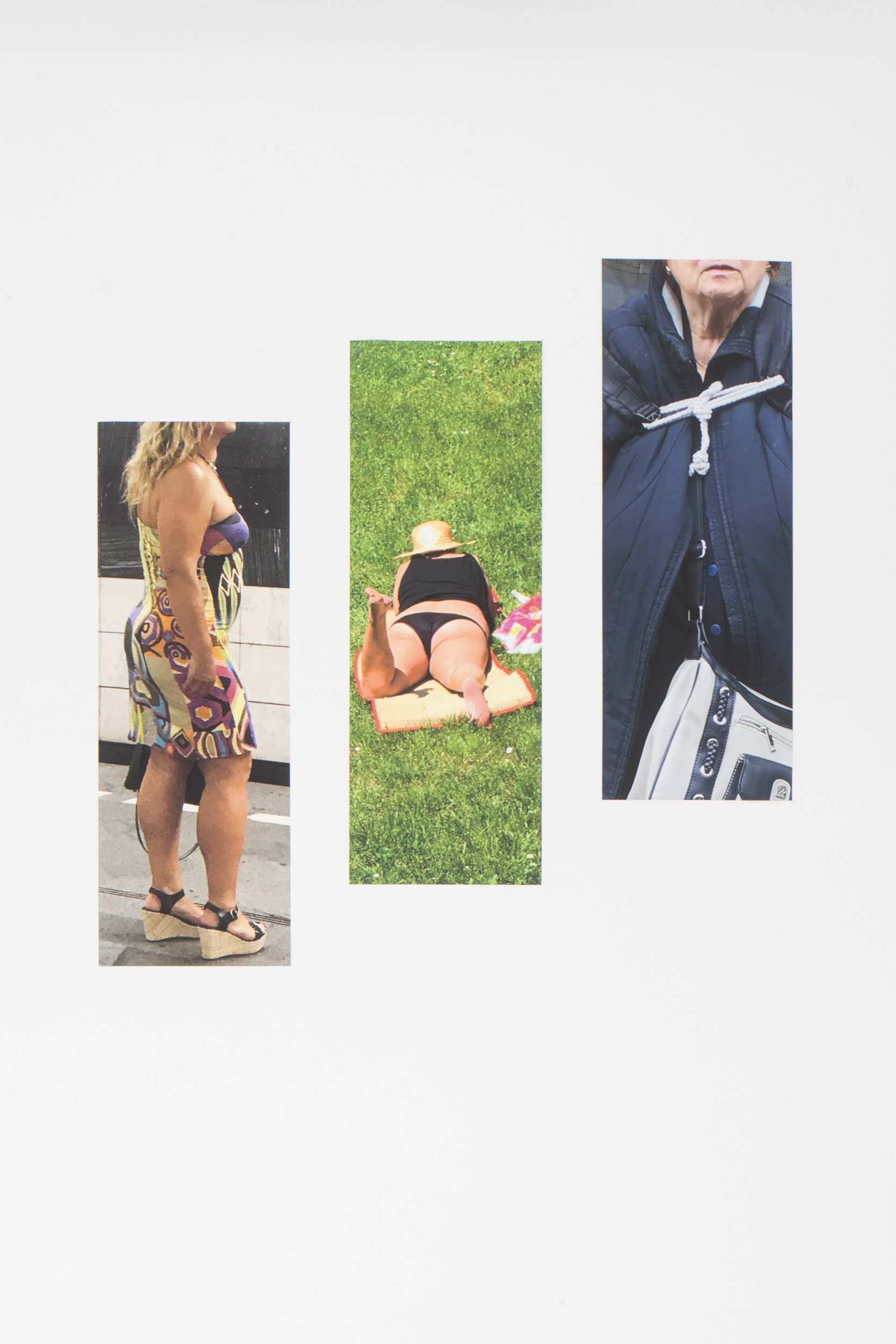
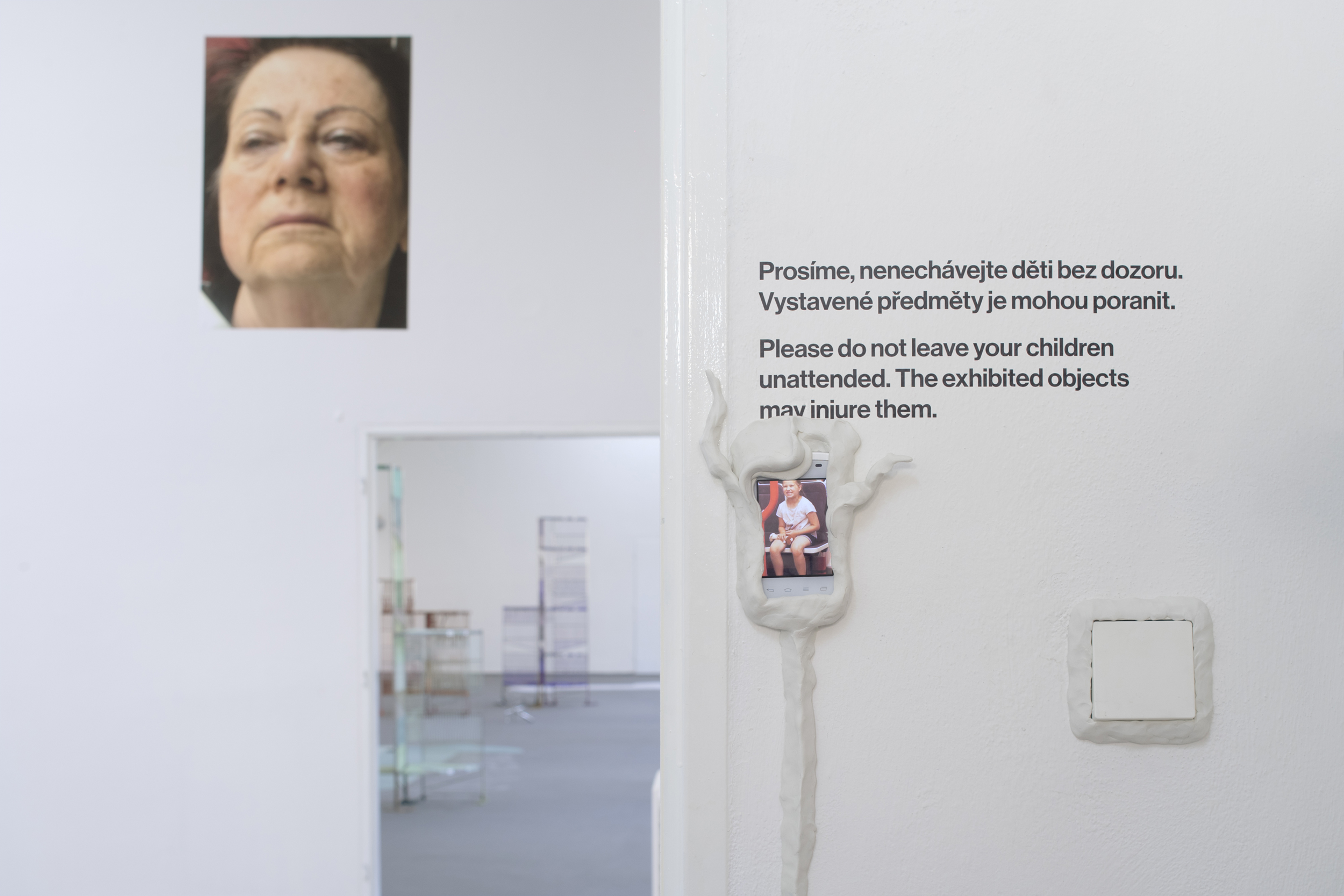
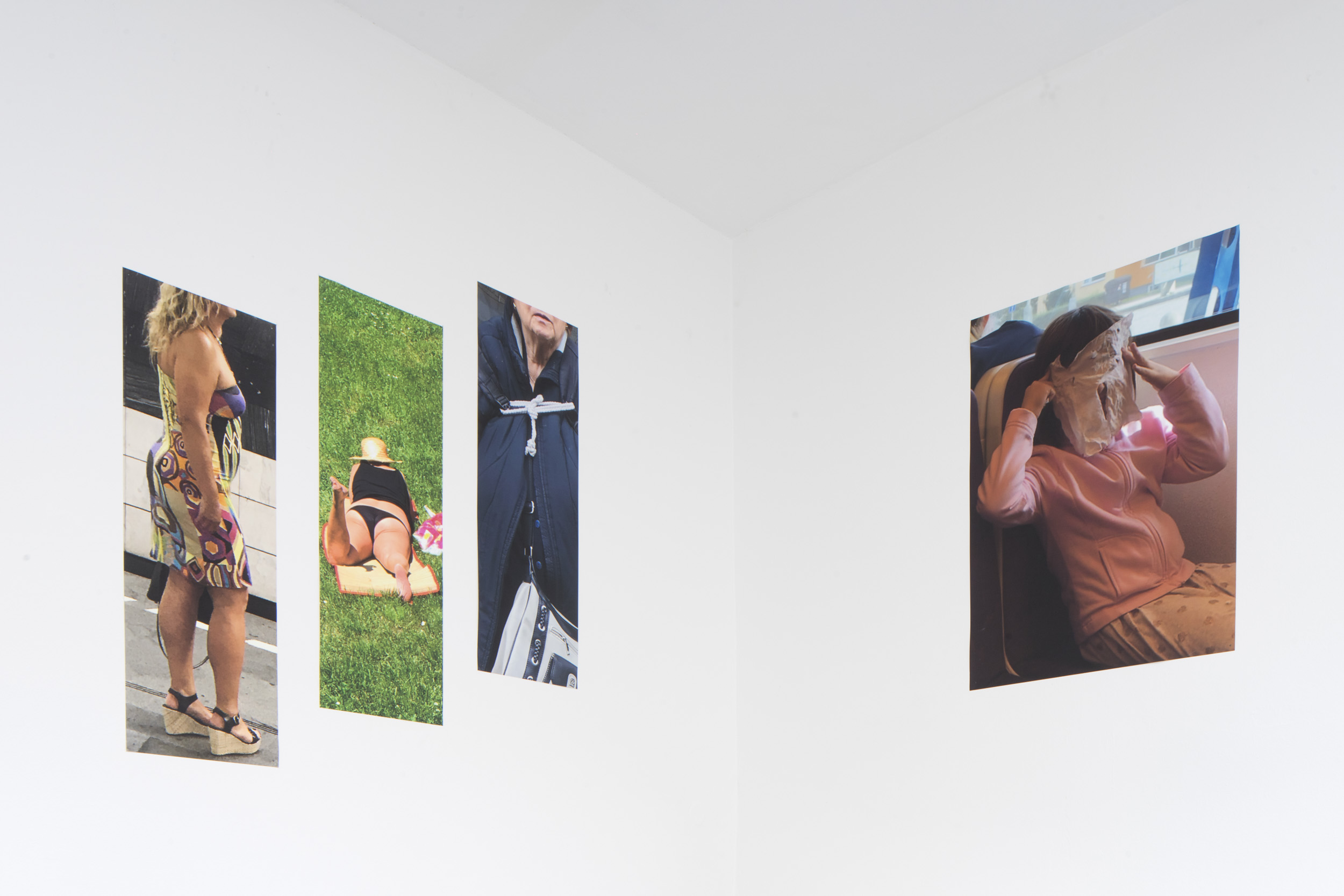
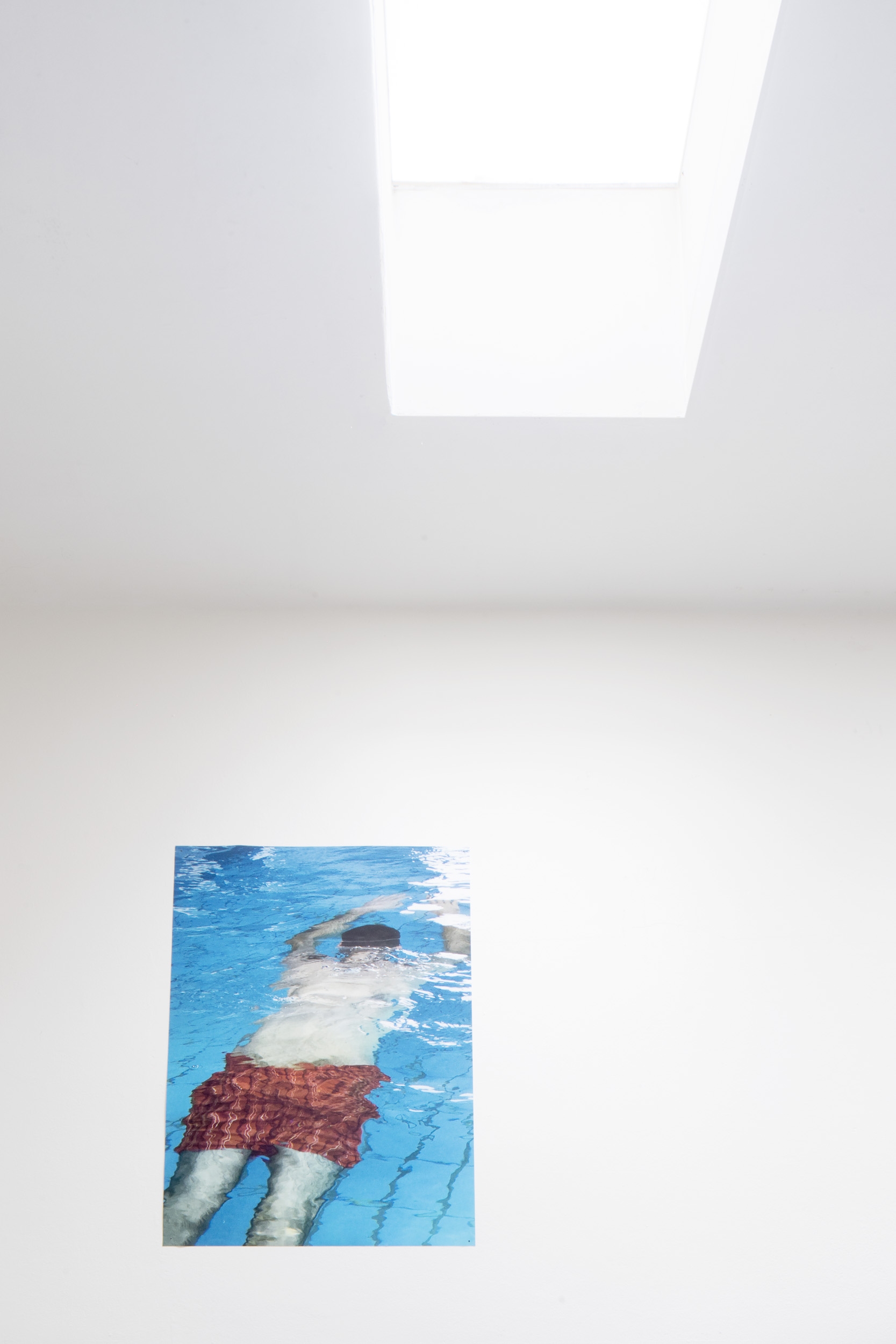
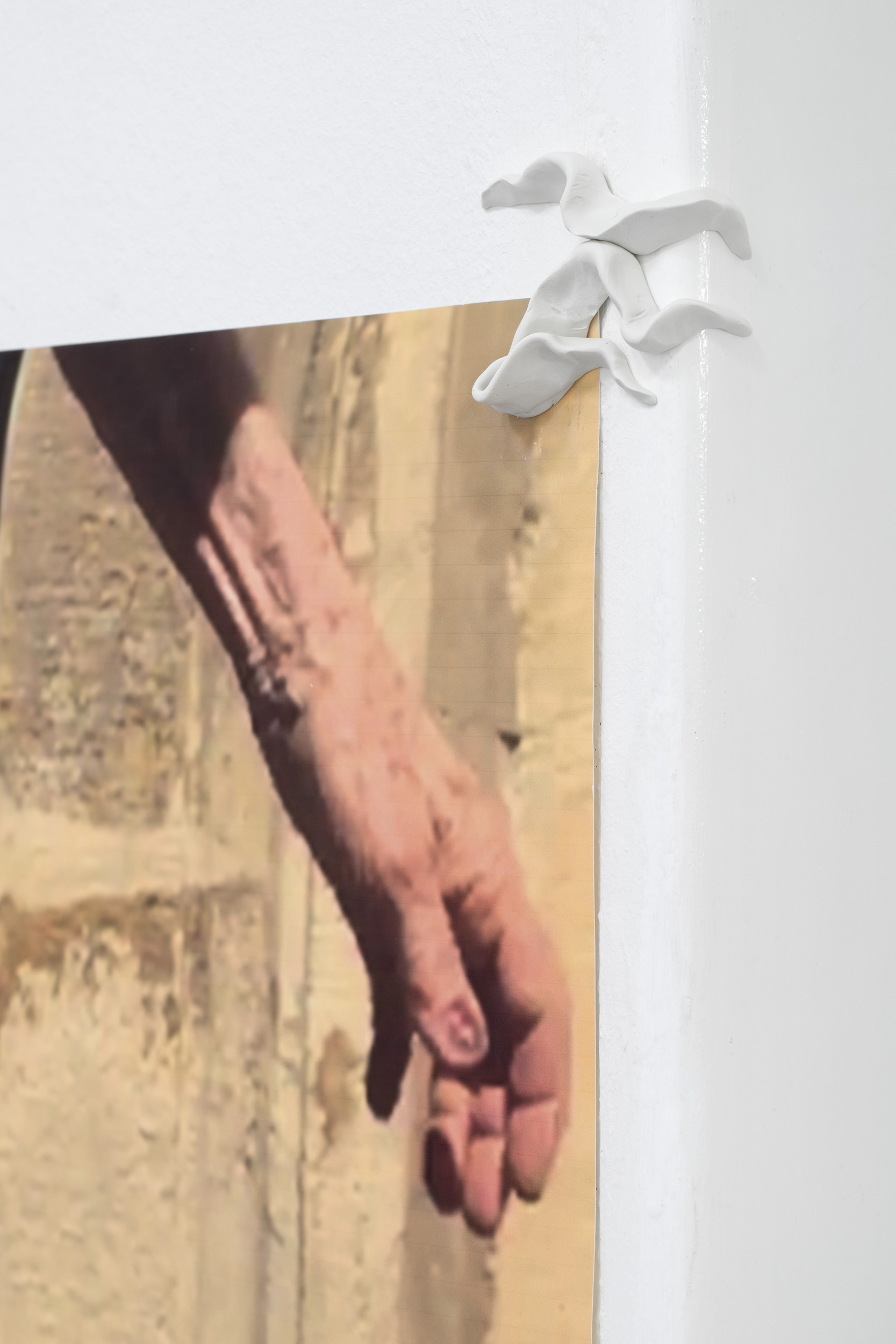
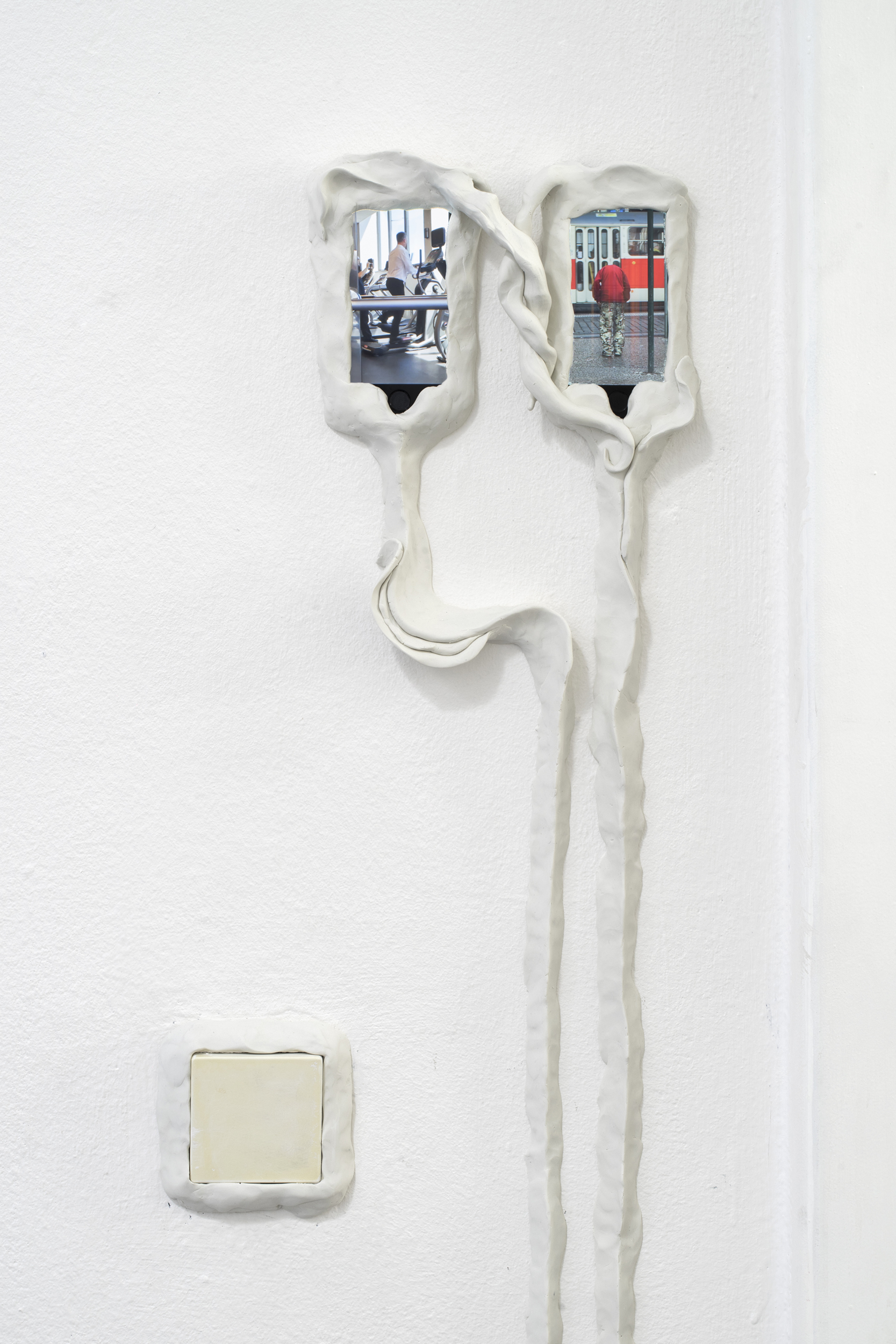
Previous Articles
OFLUXO is proudly powered by WordPress